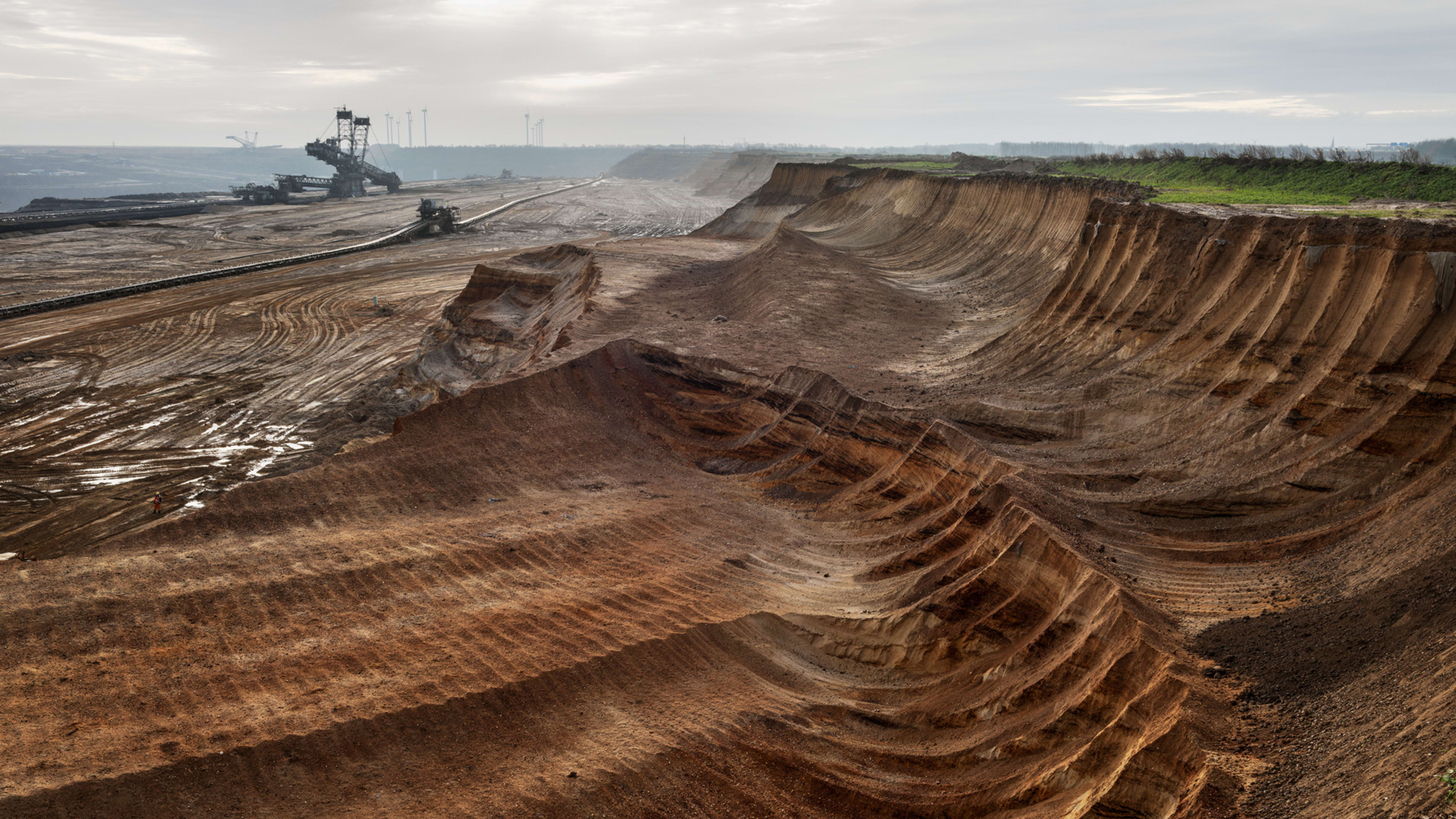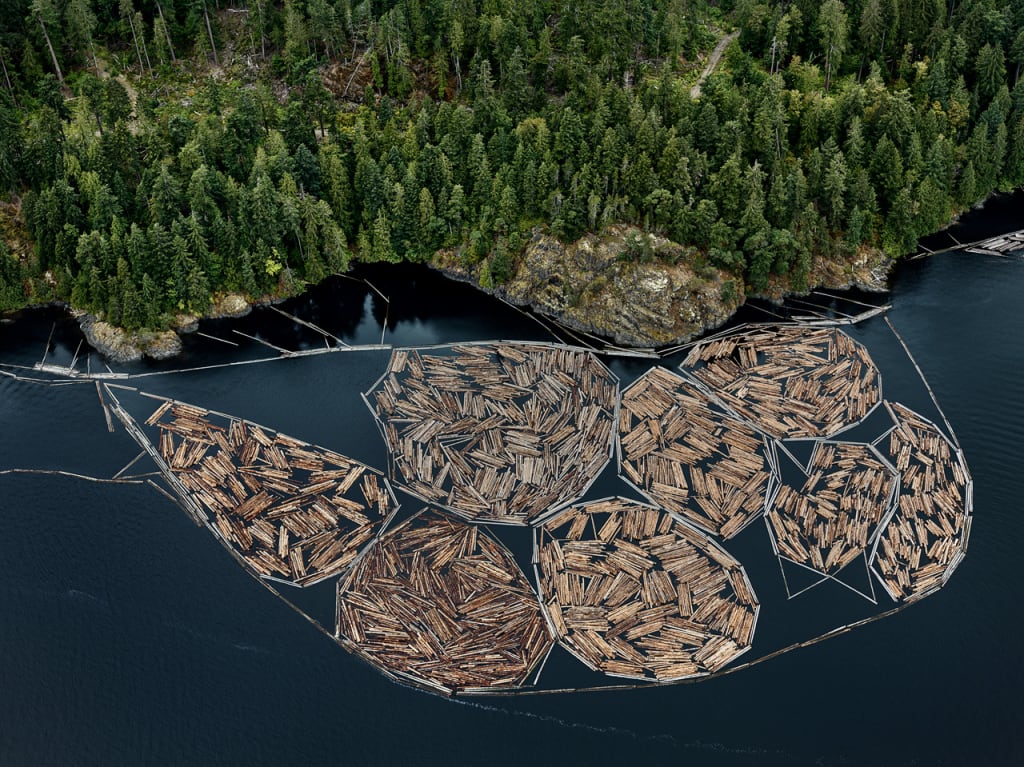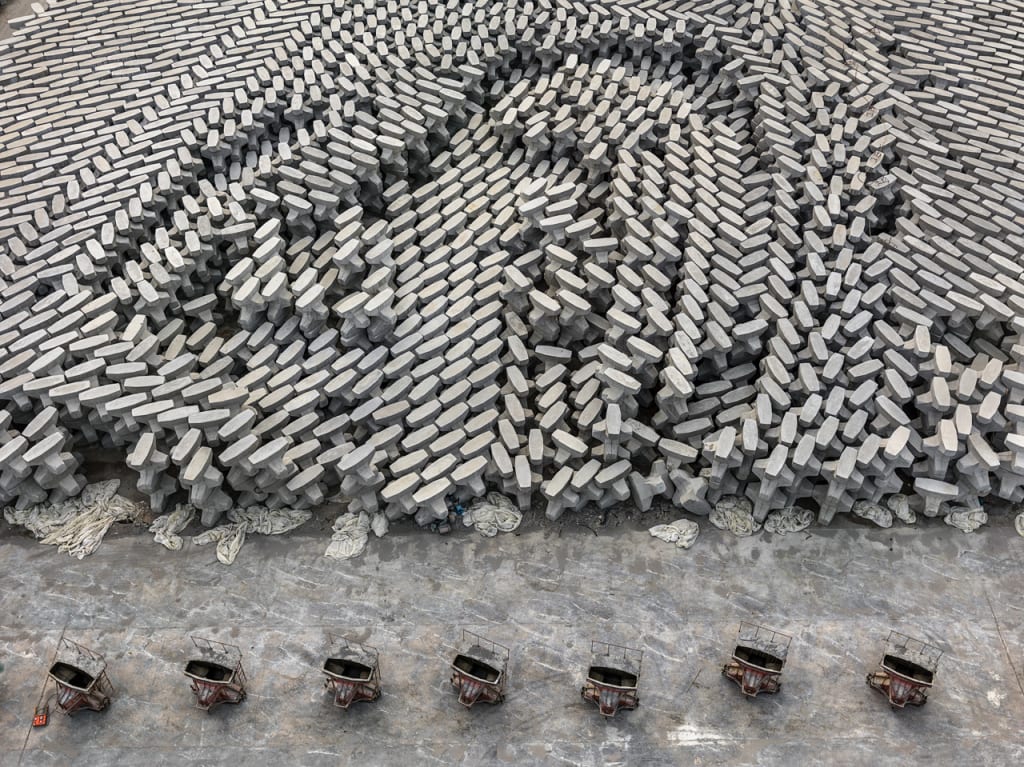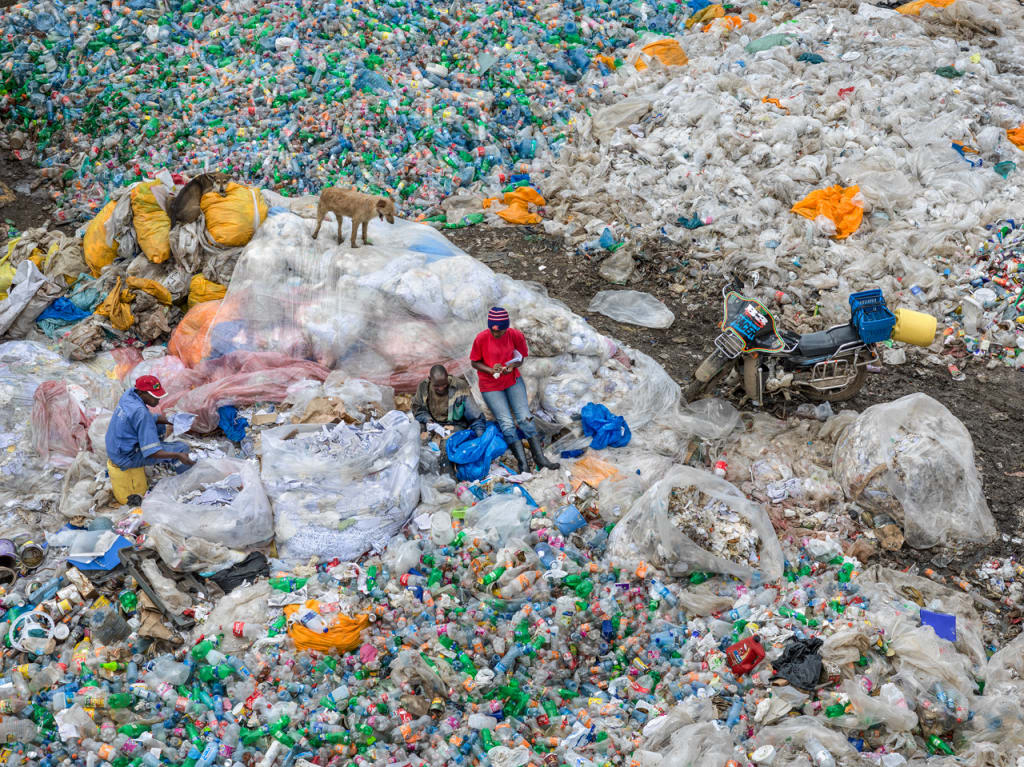At the Dandora landfill in Nairobi–which officially shut down in 2012, but where people haven’t stopped dumping trash–some mounds made mostly of plastic bags rise 15 feet high.
In Edward Burtynsky’s new photo book, Anthropocene, the landfill represents the idea of “technofossils”–human-made objects, from plastic to mobile phones and cement, that will show up in the future fossil record. (Part-plastic rocks, dubbed plastigomerate, already exist.)
The book is part of a larger multimedia project, made with Jennifer Baichwal and Nicholas de Pencier, called The Anthropocene Project, which also includes a documentary premiering today and a series of augmented reality experiences that will be part of museum shows opening on September 28. It all focuses on the Anthropocene, a term coined in 2000 to describe what some scientists argue is a new geological epoch shaped by humans as we transform landscapes, drive a sixth mass extinction, and change the climate.
“We’re adding visuals to much of what scientists and geologists were defining as the types of things that we as humans were leaving as markers of the Anthropocene,” says Burtynsky.
In Lagos, Nigeria, he photographed a massive seawall being constructed to prevent flooding on a newly dredged strip of land. In Chile, he documented huge ponds where lithium is harvested for batteries. In Saudi Arabia and the Imperial Valley of California, he photographed farms irrigated in the middle of deserts. In British Columbia and Nigeria, he photographed the scale of logging; in Borneo, he showed the stark line between rainforest and palm oil plantations.
As in his previous work, which documents the environmental changes brought on by industry, the photographs are shot from above to show the scale of the changes. “You can’t tell that narrative when you’re on the ground,” he says.
The text in the book explains the context for the images. In Berezniki, Russia, where Burtynsky shot otherworldly images of tunnels in potash mines deep underground, the book explains that the potash will ultimately be used in fertilizer on large industrial farms. “Each one of us is somehow implicated in these landscapes, because we all eat the food that comes off the field that needs the potash that comes out of that mine,” he says.
In the exhibit, visitors can experience three scenes with augmented reality, including a stockpile of ivory tusks from thousands of elephants that was burned by the Kenyan government as a message to poachers. “You’ll be able to walk around this tusk pile and see it the day before it burned,” he says. “It is a way for us to be able to have a viewer experience the idea of humans driving extinction in a very visceral way. [Photographs] wouldn’t be the same, or the film. It’s just another way to experience something in a very profound way.” The exhibit will also show a life-size augmented reality image of Sudan, the world’s last male northern white rhino, who died in March.
The photographs also include images showing the growth of renewable energy–moments of hope in a difficult story–and photos showing some of the remaining pristine landscapes on the planet. “I wanted to also make images saying, hey, look, diversity is still amongst us,” he says. “We still have all the building blocks of a vibrant and diverse planet. But we’re incumbent to protect that diversity.”
Recognize your brand’s excellence by applying to this year’s Brands That Matter Awards before the early-rate deadline, May 3.









